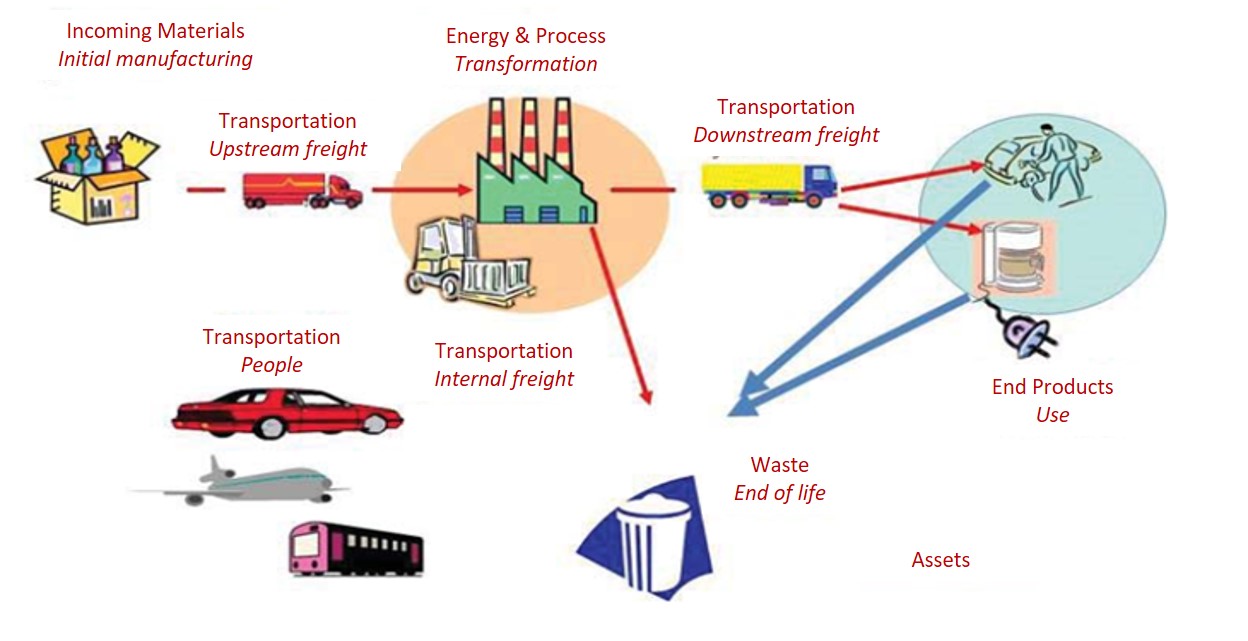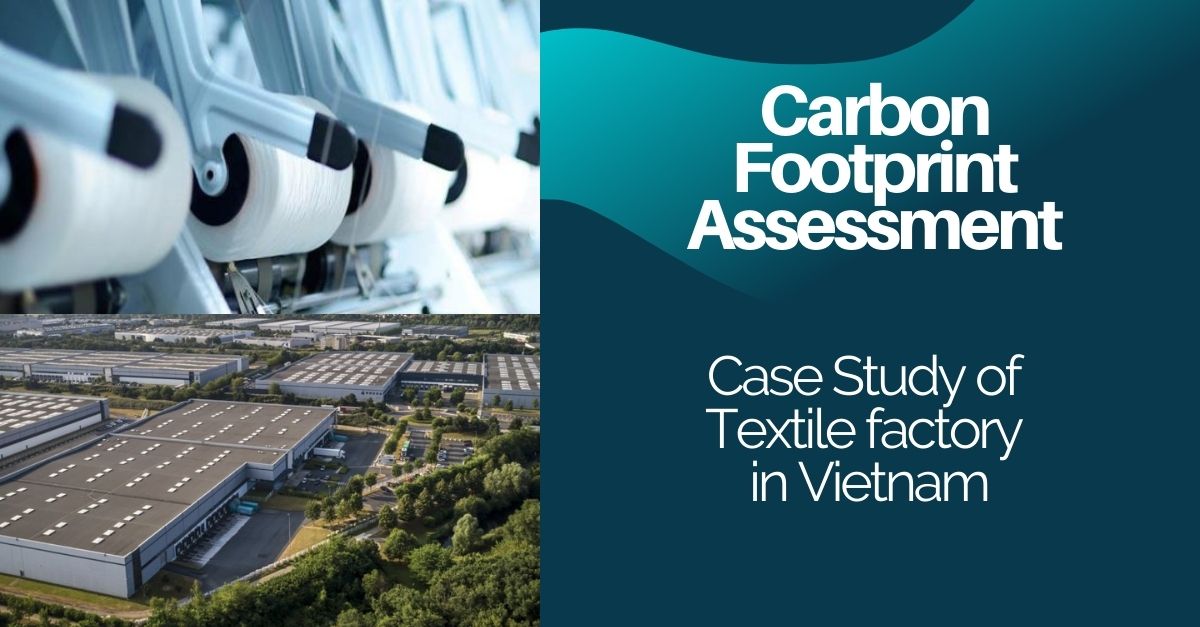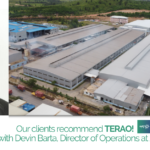How TERAO can help you to assess your carbon footprint? Here is a case study of a textile factory in Vietnam.

Case study – Vietnam factory carbon footprint study
TERAO’s team worked as a specialist to assess carbon footprint for a specific case. A Vietnam based client wanted to assess the CO2 emission for all the activities involved in their factories. In this project, TERAO used the method Bilan Carbone®, which is developed by ADEME and the Association Bilan Carbone (ABC). This method proposes the definition and implementation of a GHG progress, assessment and reduction approach for organizations. Its purpose is to enable the estimation of greenhouse gas emissions resulting from the physical processes necessary for the company activities, wherever these processes take place, to think about ways to limit these emissions.

Project type: Carbon footprint – Textile industry
- Main objectives:
- Assess the greenhouse gas emissions of all the sites’ activities
- Identify the main contributors to the activity of the sites
TERAO Assessment
1st Scope – Direct emission
TERAO calculates the emissions from sources owned or controlled by the organization such as the combustion of fixed and mobile sources, non-combustion industrial processes, emissions from ruminants, biogas from technical landfill sites, refrigerant leaks, nitrogen fertilization, biomass.
2nd Step: – Indirect emission relate to energy
TERAO calculates the emission of use of electricity in factories. Indirect emissions associated with the production of electricity, heat or steam imported for the organization’s operations.
3rd Scope: Indirect emission of other activities
TERAO calculates the emission of employee travel, upstream and downstream transport of goods, management of waste generated by the organization’s activities, use and end-of-life of materials of the building, the use of water, etc.

Conclusion:
The conclusion of this assessment is that the emission of transportation of goods plays a large part in the total emission since these factories import raw materials from China and export production to the US and EU. The next step would be to decide and implement the action plan according to this assessment.
If you need more details on this project, please do not hesitate to contact our Business Development Manager at glemsce@teraochina.cn. We would be glad to help you to assess the carbon footprint of your activities.
Written by Mia Tong
Explore more:


![[Expertise] How to conduct an energy audit to identify areas of energy waste in business](https://teraoasia.com/wp-content/uploads/2024/06/Expertise-1-150x150.jpg)

Leave A Comment